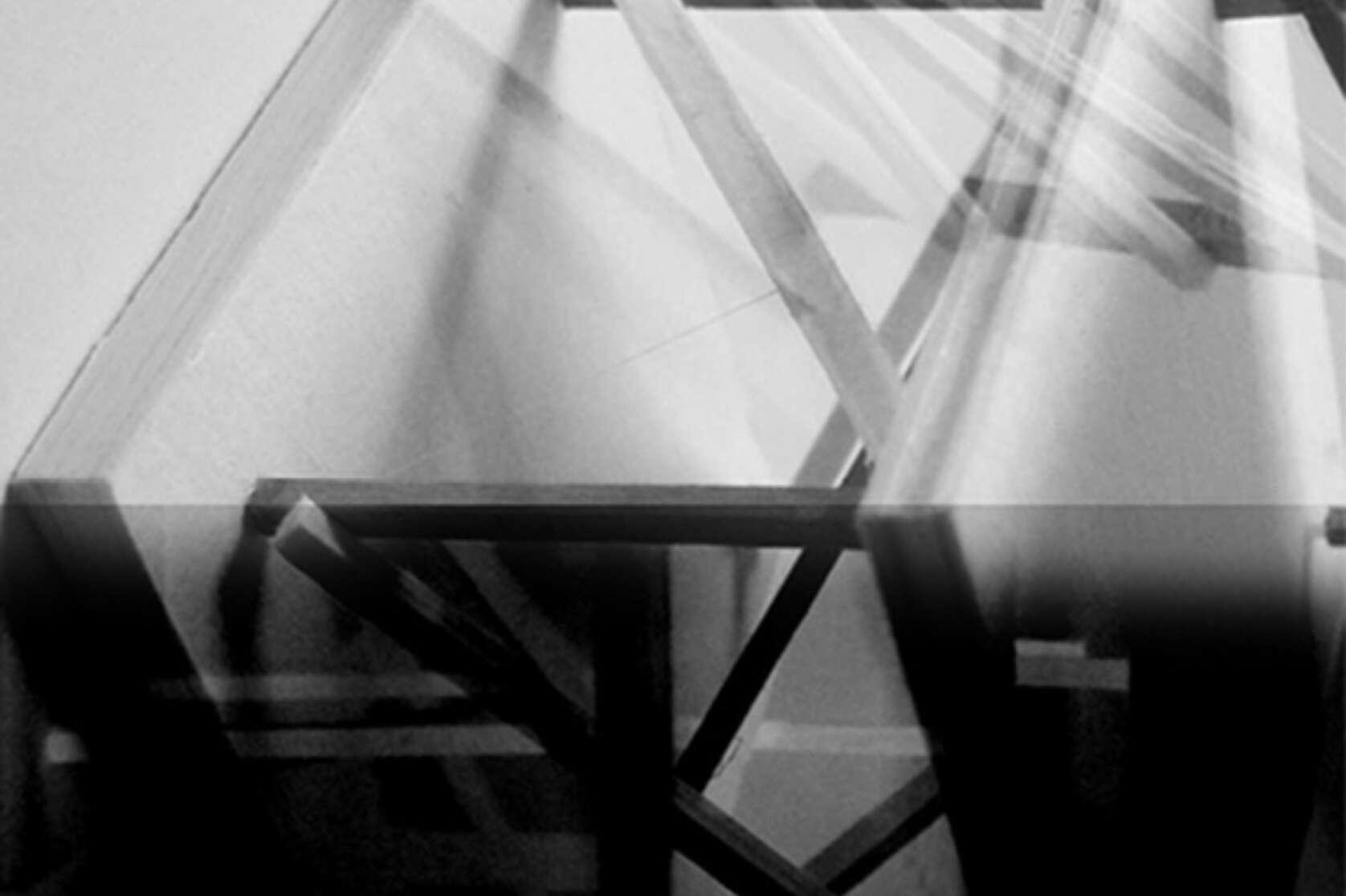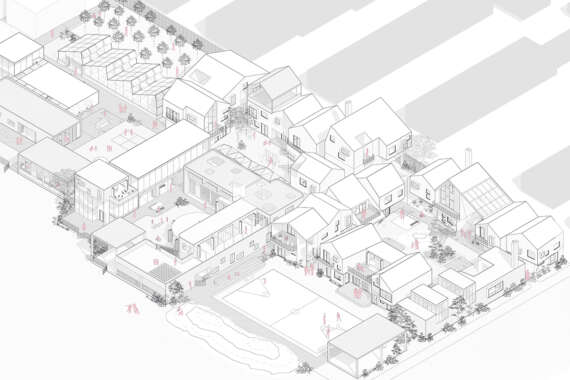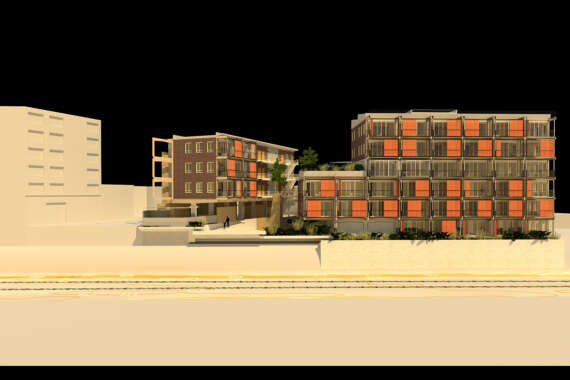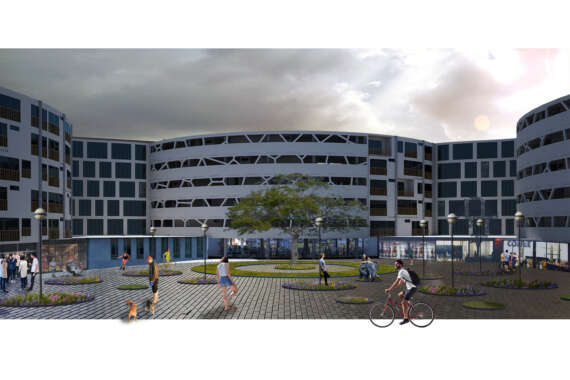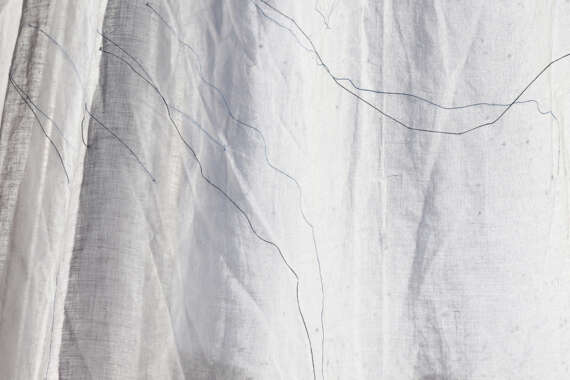The academic research question of light and shadows looks into the ways light and shadows can connect separate spaces, how time brings about change in perception as well as the bodily experience that the user may encounter. The project vehicle positions a critical comparison to the current dominant model of the retirement village at Greenwich Gardens, located at 5 Greenwich Way, Unsworth Heights on Auckland's North Shore. The project offers an intergenerational housing complex that is spatially effective, enhances the experience of spaces through the effects of light and shadows, and is demographically diverse.
Current domestic houses within New Zealand have shown to only house up to two generations. Living conditions and social interactions have shown to slowly vanish with houses holding three generations, as spaces within the household become divided between different generations.
Therefore, through the academic question, the articulation of light and shadows within spaces are aimed to enhance the social interactions between different generations. As the sunlight passes throughout the day, different spaces are to be affected though the casting of specific lighting and shadow effects. This then allows the body to explore and occupy different spaces throughout the day. When light leaves the space this then triggers the body to transition from one space to the next. Social interactional points between different generations are formed. As a result, these create spaces which are shared between different generations, rather than segregating spaces between them. The effects of different lighting and casting of shadows bring experientially rich dimensions to domestic living as well as enhancing a stronger interactive, intergenerational household and community.
